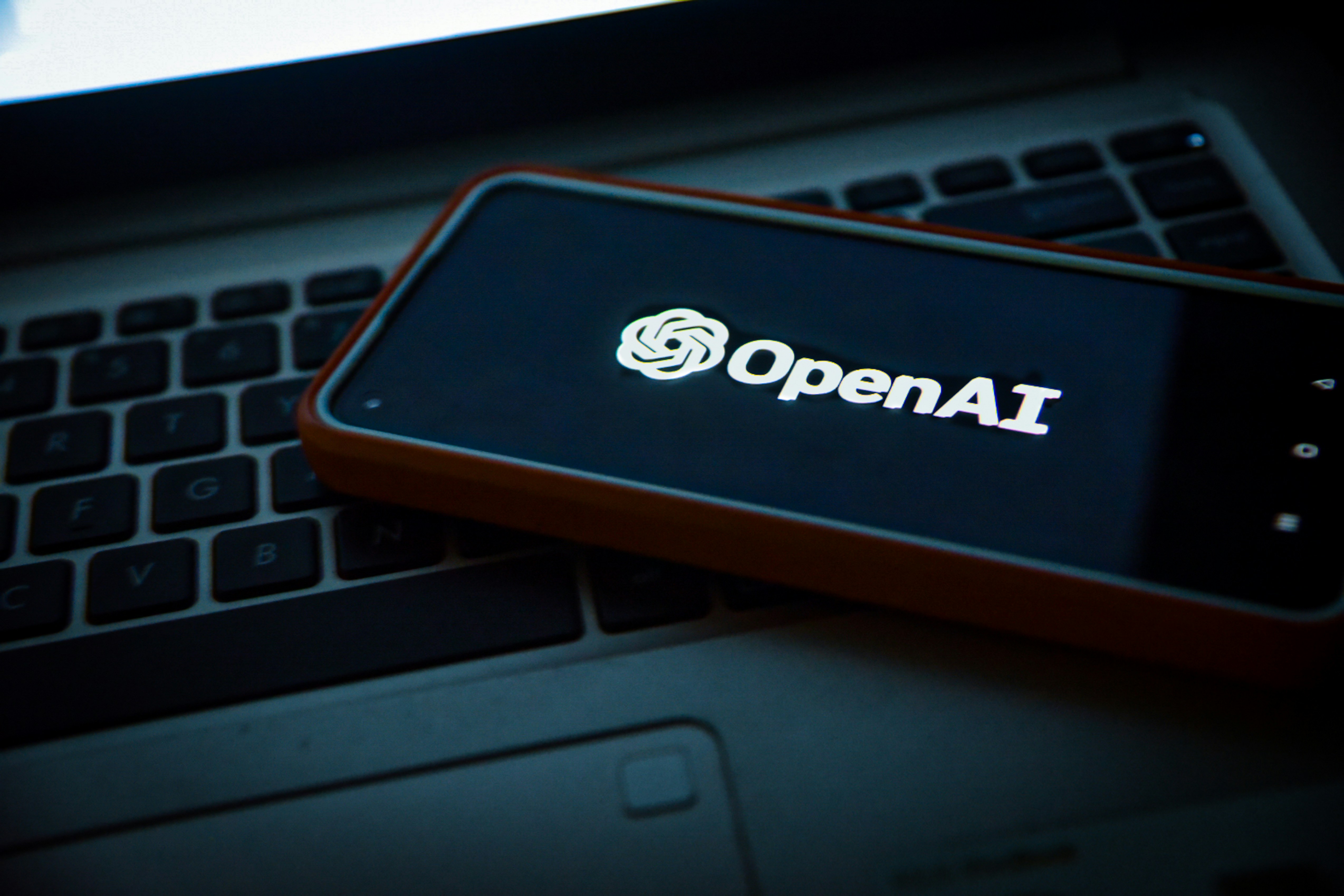From rule-based systems to neural networks, the journey of AI tools has been remarkable. Let's explore how these tools have evolved and what the future holds.
The Early Days of AI Tools
The first generation of AI tools were simple rule-based systems with limited capabilities. They could perform specific tasks but lacked the flexibility and learning abilities of modern AI.
Key Milestones in AI Development
- 1950s: Rule-based systems
- 1980s: Expert systems
- 2000s: Machine learning
- 2010s: Deep learning
- 2020s: Large language models
Current State of AI Tools
Today's AI tools leverage advanced technologies like deep learning and natural language processing to deliver impressive results across various domains.
"The rapid advancement in AI capabilities has democratized access to powerful tools that were once limited to large organizations."
Popular AI Applications
- Natural language processing
- Computer vision
- Predictive analytics
- Automation tools
Future Trends
The future of AI tools looks promising with emerging technologies and applications:
- Multimodal AI systems
- Edge computing integration
- Improved explainability
- Enhanced privacy features
